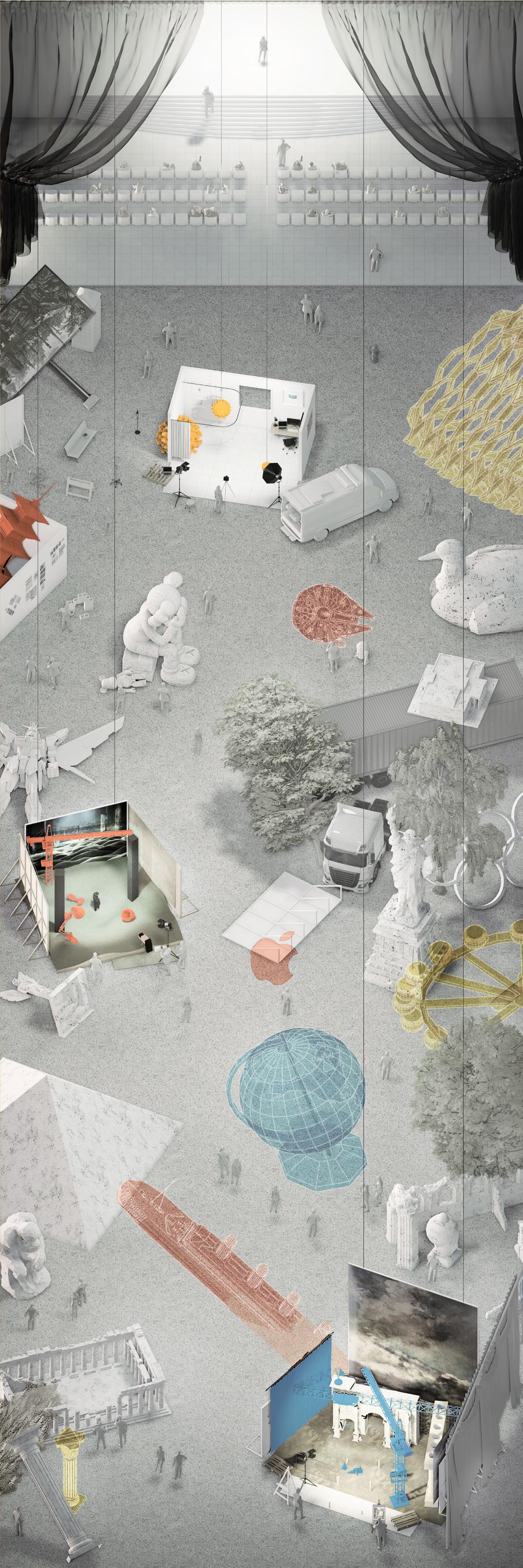EXURBIA
This is a work of fiction. Any resemblance to actual persons, living or dead, or actual events is purely coincidental. 此故事純屬虛構,如有雷同實屬巧合。

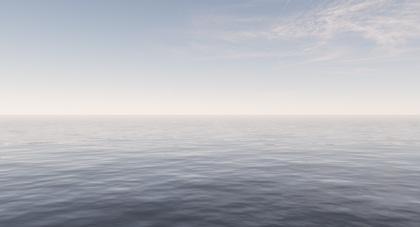


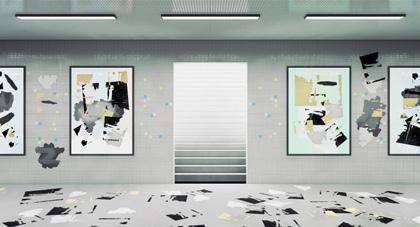




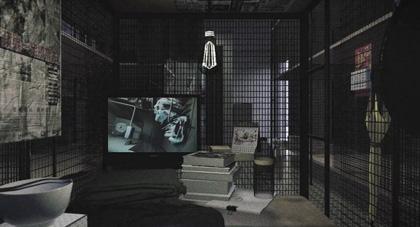
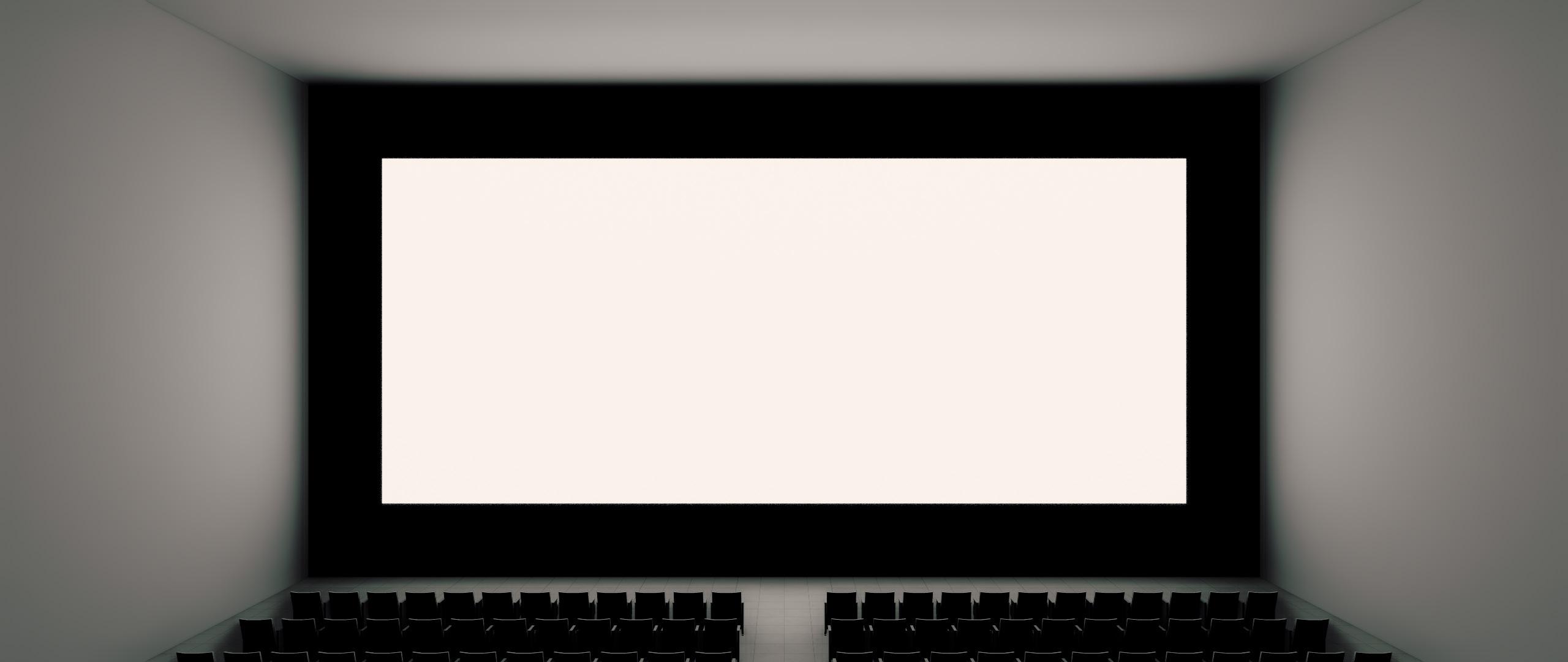


After a week, a year has passed.
The Dweller is a member of the mass.
He does not make decisions, decisions were already made for him. He follows the same symmetrical routine going to work in the morning, and going home in the evening.
Being trapped in the loop of a ritualized daily routine, the journey of the Dweller is self-contained and compressive, living on repetition.
The Dweller is oblivious to his surroundings, his sense of place varies with his sense of time -the distance from one place to another does not implicate any geographical or spatial relationship, it is simply a measurement of time. To the Dweller, the city is not dense, but condensed.



: Go straight. : 你要走 : No. : 我要追車
Not to be confused with the Flâneur from the 19th century, who “ wanders with no purpose, ”
The Escapist of the 21st century does not wander, he sees the city outside his home-office as an escape, with paths and passages leading to ends and exits.
He intentionally deviates from the fixed routine in search for the boundary of the continuous city, unsure if there is one.
The Escapist ' s city becomes a labyrinth — the harder he tries to escape, the more trapped he felt. While being eager to find the border, he is also anxious about ever reaching the end of the path — in fear of what lies beyond the exit.



The confrontation between the Rebel and the Authority, is that of hypervisibility and invisibility



The Rebel questions surfaces and actions in the city.
His actions are violent, disruptive, and sometimes destructive, leaving behind visible traces.
The violence of the Rebel stems from his desperation to find the truth and his strong faith in freedom.

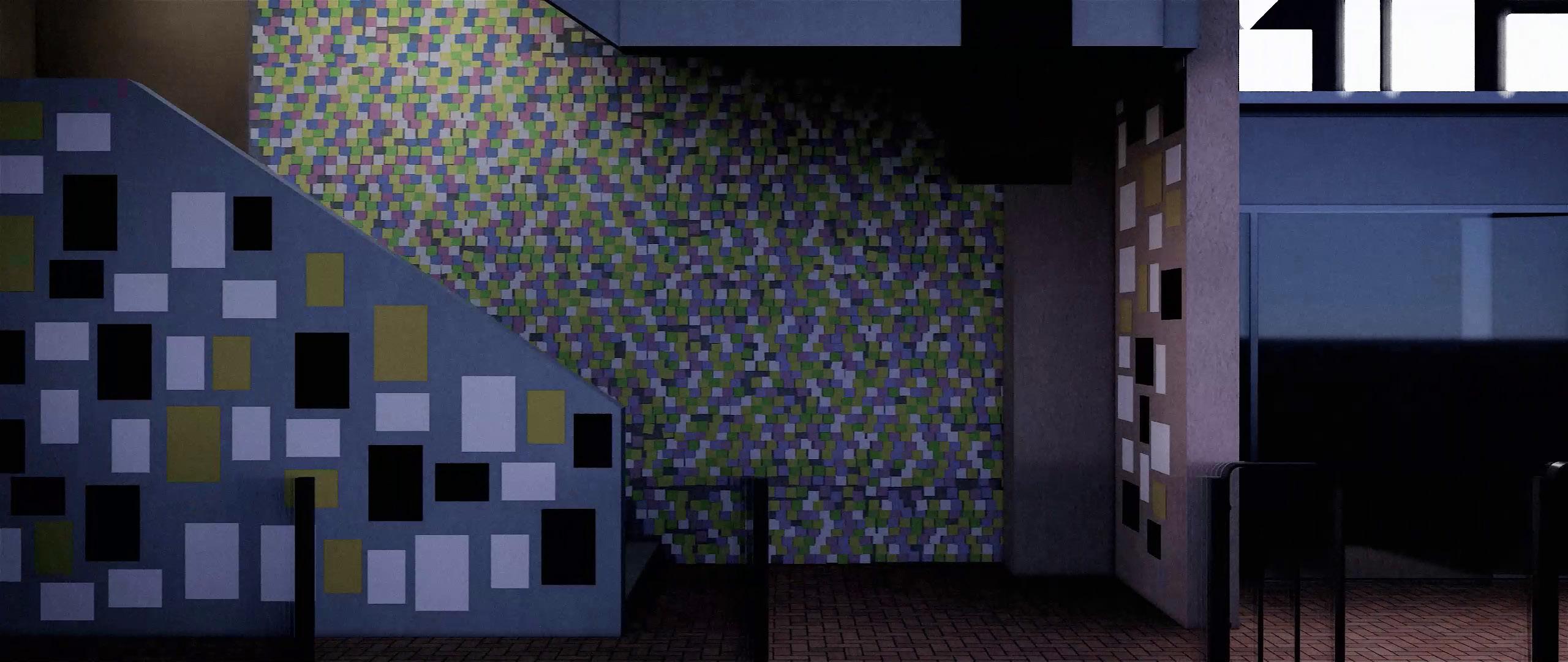

The Authority is the architect. ( But the Architect is not the authority. )
The city agenda is two-faced propaganda and control.
Authority is architecturalized through fabricating scenarios and composing imageries.
Nothing is unreal in the city. The city is disinfected and repainted, cleansed to restore a true sense of peace and prosperity.
每年的七月一日, 都給我們一個機會回顧過去, 迎接新一年。 世界大變,不進則退。
我是一個務實的人, 一向相信做事要除符合程序, 更要以結果為目標。
政府的工作不能停頓下來。
城市應該有更好的未來,更好的生活。
我和政府一定會加倍努力, 讓城市重新出發, 回復安定繁榮。 多謝大家!



: Move along. There ’ s nothing to see. : 上返行人路 The Witness is a spectator, and not a participant of the event.
His inaction is not by choice but the condition that he is bounded to.
The Witness ’ s perception of the truth is restricted by the frames through which he observes the city, what he sees is a fragment of the truth, but never the whole truth.
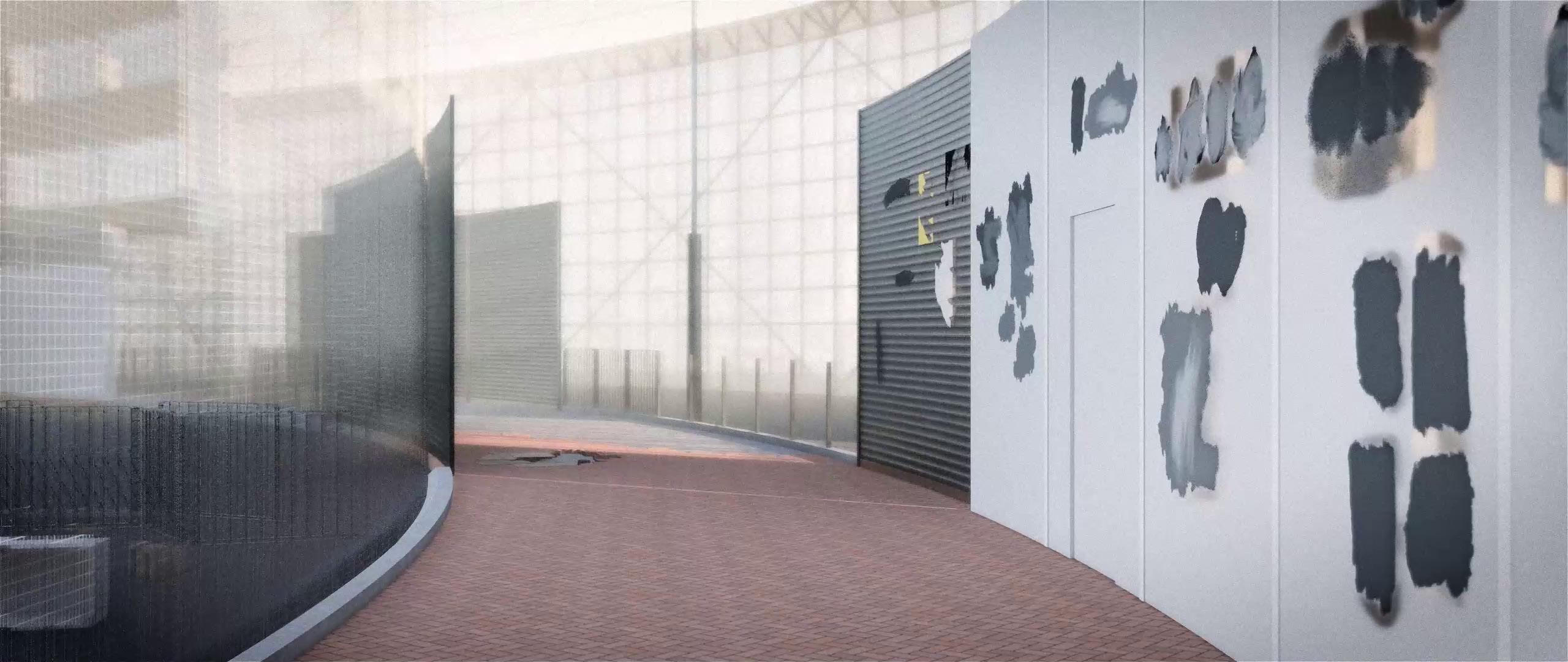


The door is always open.
門常開
“ Dear Dwellers of the city , welcome to the Masque — the city ’ s finest isolation facility ”
Like everywhere else in the world, the city was hit by the pandemic. The edge of the island city was expanded to reclaim land for quarantine.
“ For the people, the door is always open. ”
The reality of the Masque is anchored by an ephemeral image of the Bauhinia tree — visible upon entrance at the gate.
The tree is a hope, a promise that everything is not only fine, but always getting better.
The image is being framed and reframed as the mass slowly moves through the voided courtyard and reaches isolation.
Presented with a final image of the tree floating upon the horizon, the Dweller is given freedom — to either go straight towards the tree, or turn to enter isolation.



For something meant to be temporary, the facility was built at a monumental scale.
The flip side of the open courtyard was backed by an infinite matrix of cage homes –a domestic prison for the Dwellers.
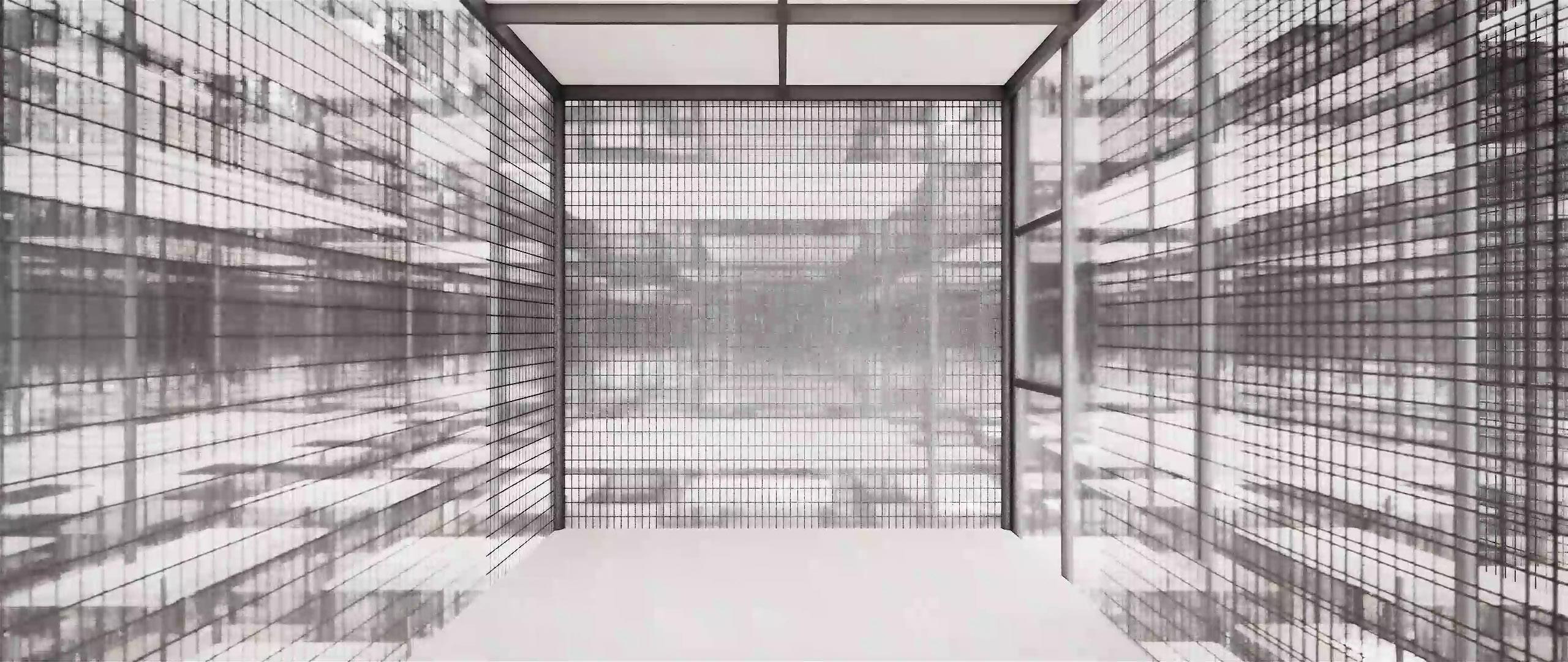

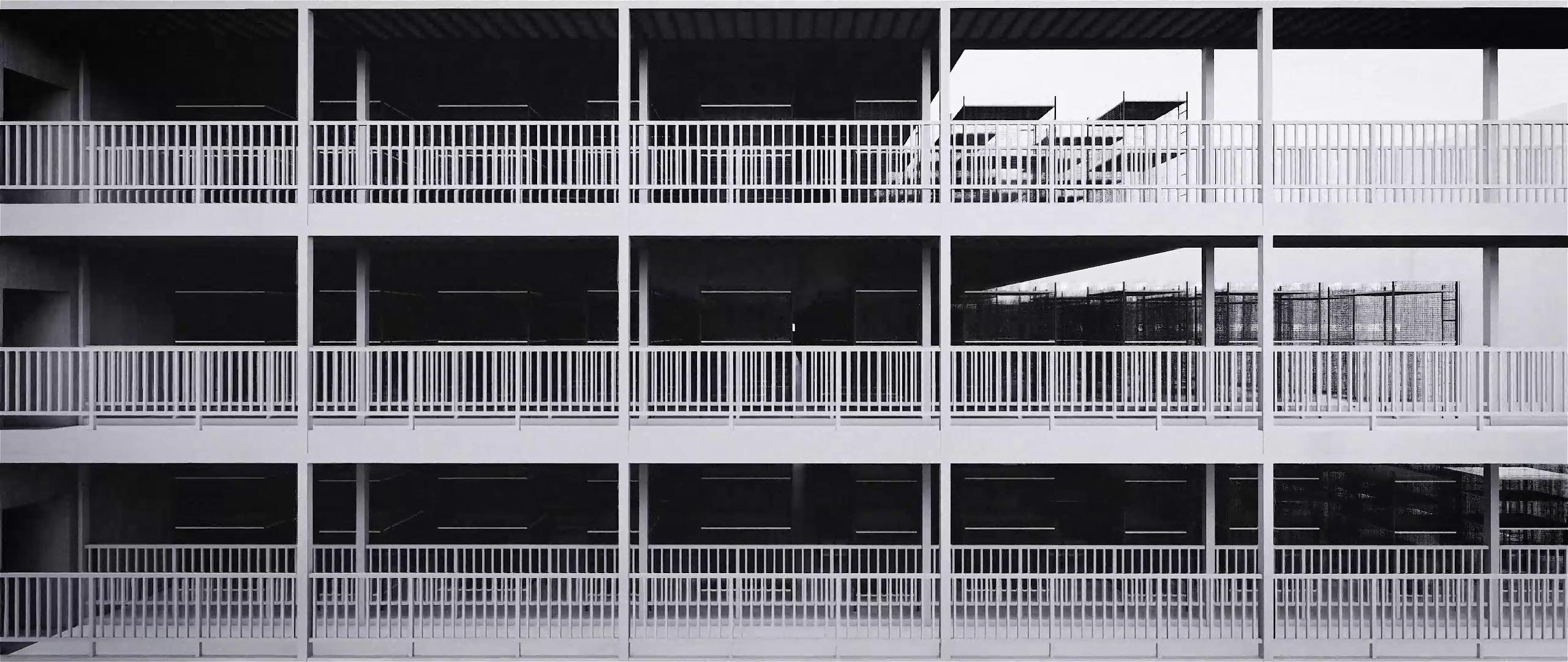
The Stranger came from that city, and does not belong with this city.
“ Strangeness ” in this city is not due to the ununderstandable matters in a foreign land, but it is rather caused by the similarities and commonness between this city and that city what we experienced in this city is strangely familiar.
The uniqueness of that city becomes questionable, and the traces of strangeness and commonness of this city becomes glimpses of possibilities.



Exurbia is a city outside the city, an estranged city.

We are all strangers in this city.

THE MAKING OF
The Conundrum of the Reality of the Set /
Sets are built to simulate real-life setting. The set is in itself a staged reality that is designed to bring us to a specific point in space and time. However, the reality of the set collapses when the movie ends. Outside the frame of the cinematic lens, the set is a three-dimensional replica of a setting that exists elsewhere or may have never existed. It becomes an abandoned place without a story, a piece of relic in the film studio, in the backlot, in the desert, or in whatever site that the set was built. No matter how realistically built, the set will never become the real place.
But the set as a “ruin” in prospect unfolds a dilemma between the original and the fake — now, the fake has become a new original in its own context. The legacy of the set carries on as it becomes the protagonist in its own story, unintentionally creating a new place.

Taking 5 plates from Piranesi’s Carceri drawings as the starting point, a round tableau of abstracted elements is re-constructed to form a sequence of spaces: <paths> from The Round Tower, <frames> from The Grand Piazza, <texture> from The Smoking Fire, <display>



from The Staircase with Trophies and <dangling> from The Well. In this scaleless set, dark, textured props are placed against whitewashed, atmospheric backdrops to narrate the story behind each image.
 A Walk through the Piranesi Set /
A Walk through the Piranesi Set /


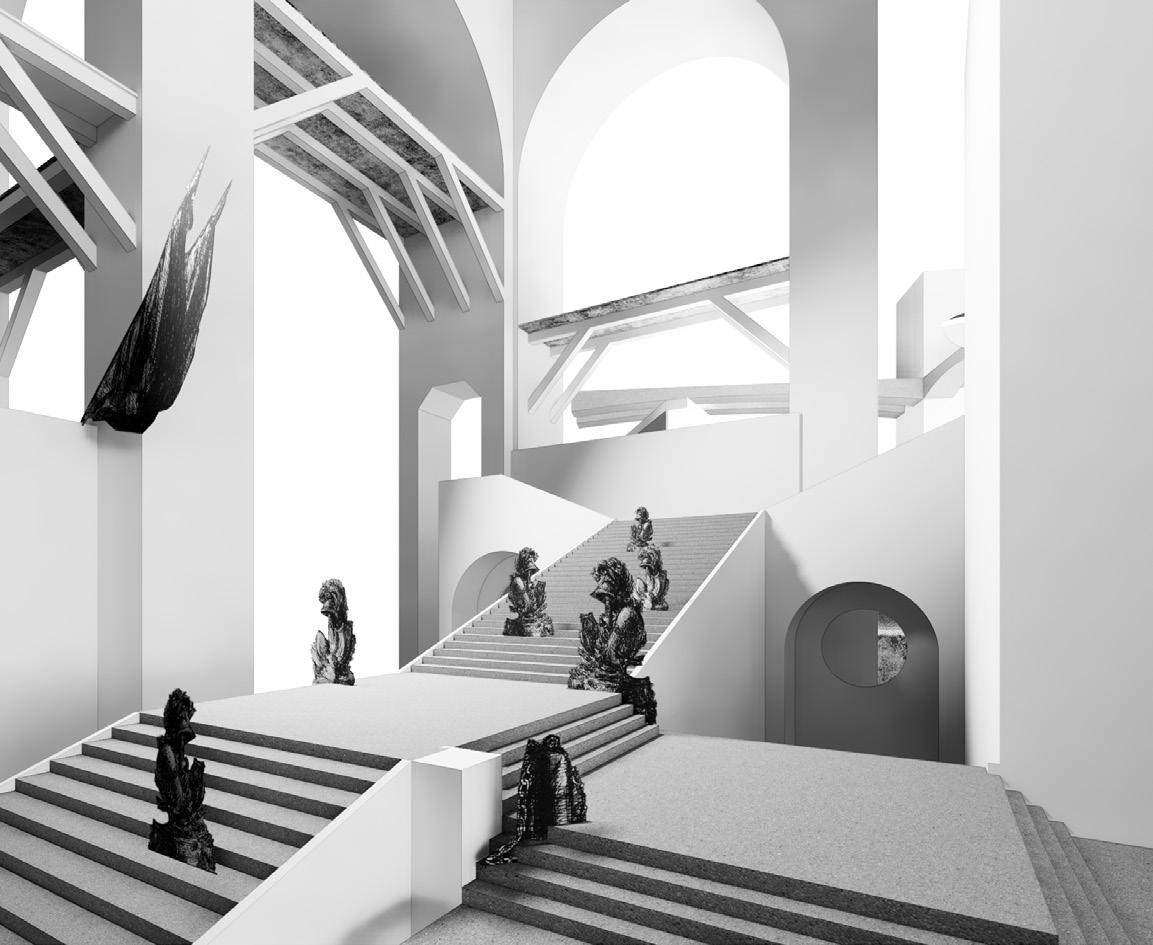



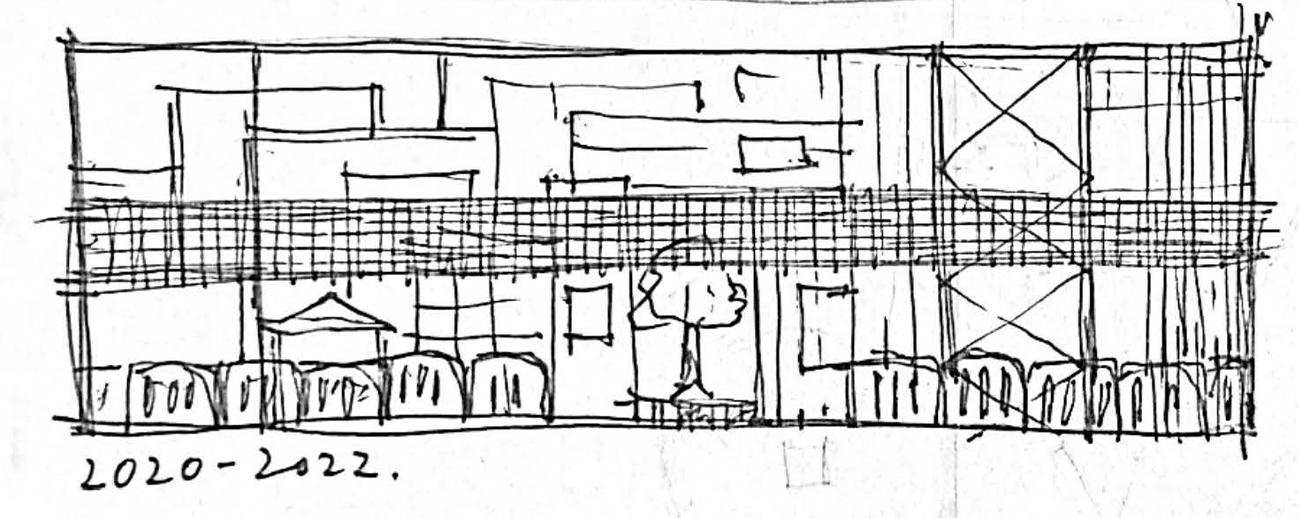

Questioning the perception of reality while creating an alternate narrative for the city, the project proposes the making of an open-ended mockumentary for Exurbia – a city outside the city.
The city is cumulative, contingent, and conditional. Embedded in each city is a way of life that reinforced the multiple identities we have grown familiar with. We’ll never be able to overwrite the existing city with the perfect Masterplan.
The film defamiliarizes the city through a cinematic narrative, taking apart city elements and recomposing them as sets, reforming city-making as a social process, a political expression, and a cultural practice.
Taking the film as a site and the set as a new architecture, the design thinking of this project is to extract episodic moments from the city, to unfold it, navigate it, and act upon it in different ways. The “architectural film” becomes a staged reality that questions the feedback loop between the conception and perception of the city, reflecting upon specific and current issues in relation to broader disciplinary implications
The project works back and forth between the narrative, the image, the set and the film. My production focuses on curating a montage of narrated journeys with multiple points of view, to make visible the paradoxes and struggles of contemporary city makers and dwellers .







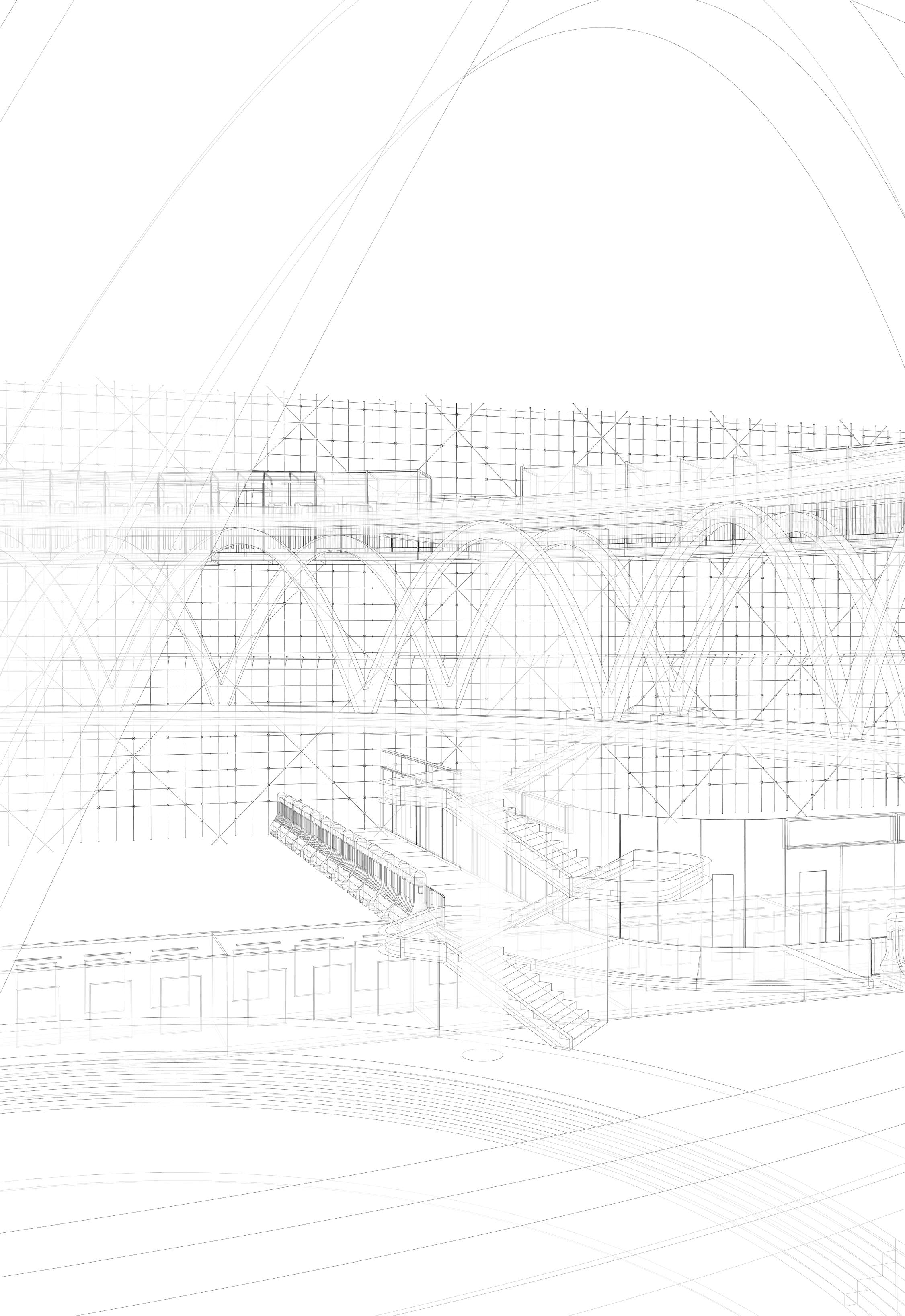

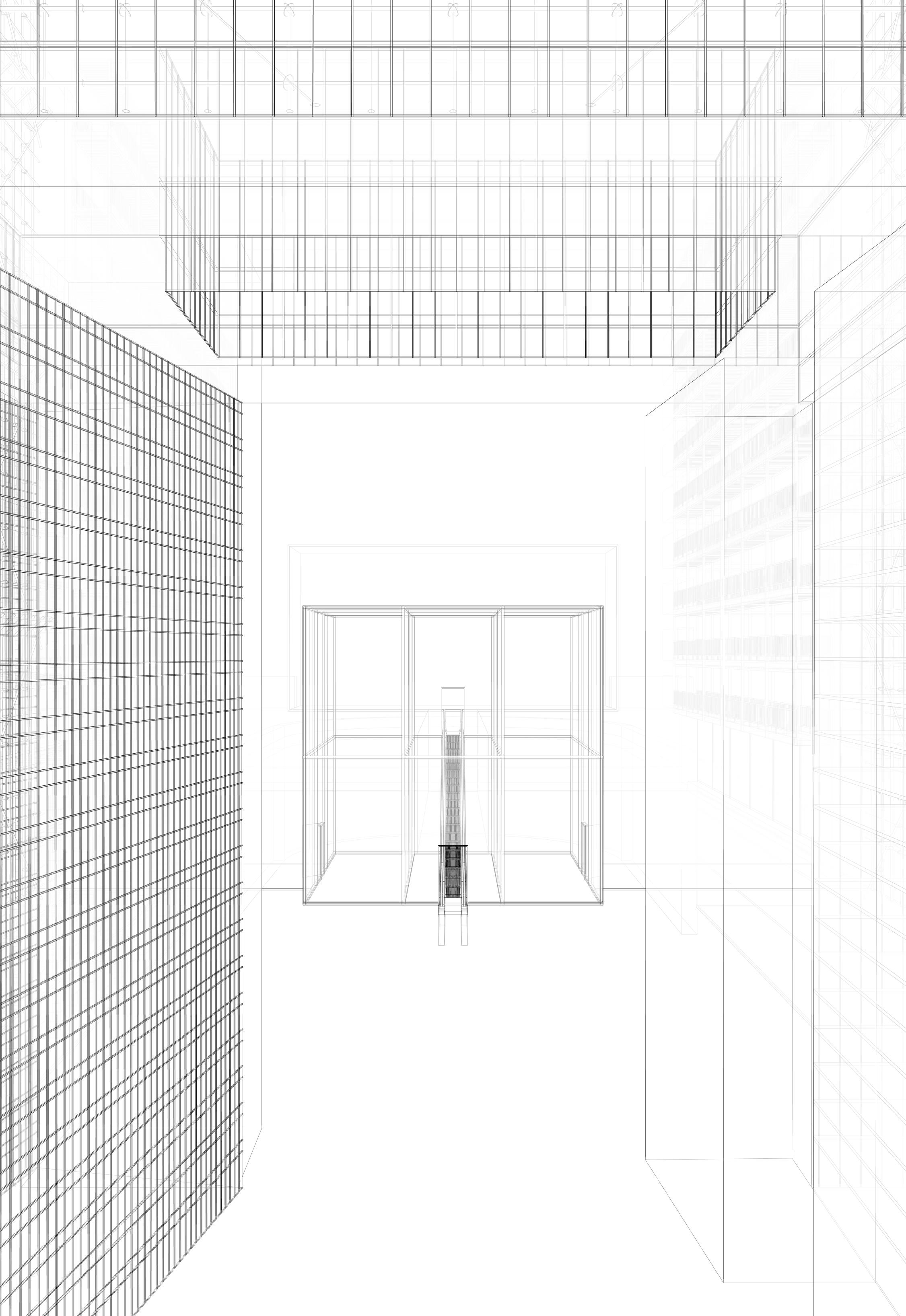

Social-Psychological Archetypes /
The story was told through the journey and actions of 6 city actors – the Dweller, the Escapist, the Rebel, the Authority, the Witness, and the Stranger
None of them are protagonists or antagonists, they are social-psychological archetypes, representing typical behaviours and recurring patterns in the city. They become off-screen agents that transform the city as a set, and on-screen inhabitants who perceive the set as a city. The city-set is both the spatial conditions for, and implications of their actions.


The Dweller and the Infrastructural Loop in the Modern City /
The city of the obedient Dweller is warped into a self-contained, compressive loop – a manifestation of his entrapment in the daily routine – always symmetrical and repetitive, echoing the homogenization of space and the lost sense of place in the functionalist modern city.



The Escapist and the Disappearance of Border in the Continuous City /
The Escapist’s disobedience and urge to escape opened up new paths and passages that would liberate him from the loop, but at the same time expanding his city into a hyper-connected infrastructural labyrinth, accentuating the ambiguity of the edge and the disappearance of the border in the continuous city.






Architecture as Protagonist /
Positioning architecture, not as backdrop, but now as the protagonist of the film, the research focus was to investigate how the set reciprocates the city and acts as a critical narrative device.

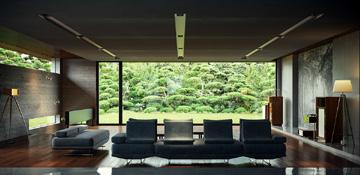



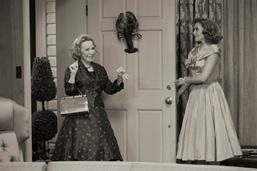
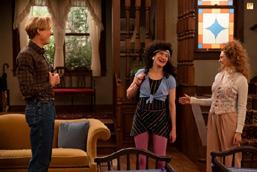



























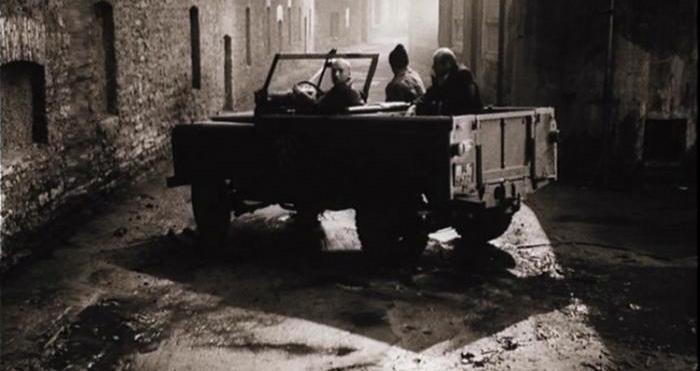

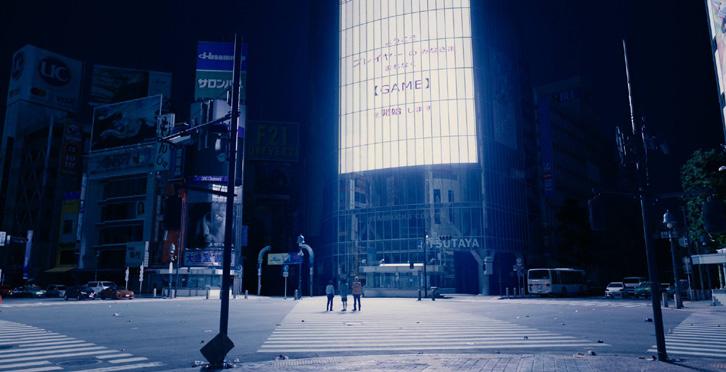


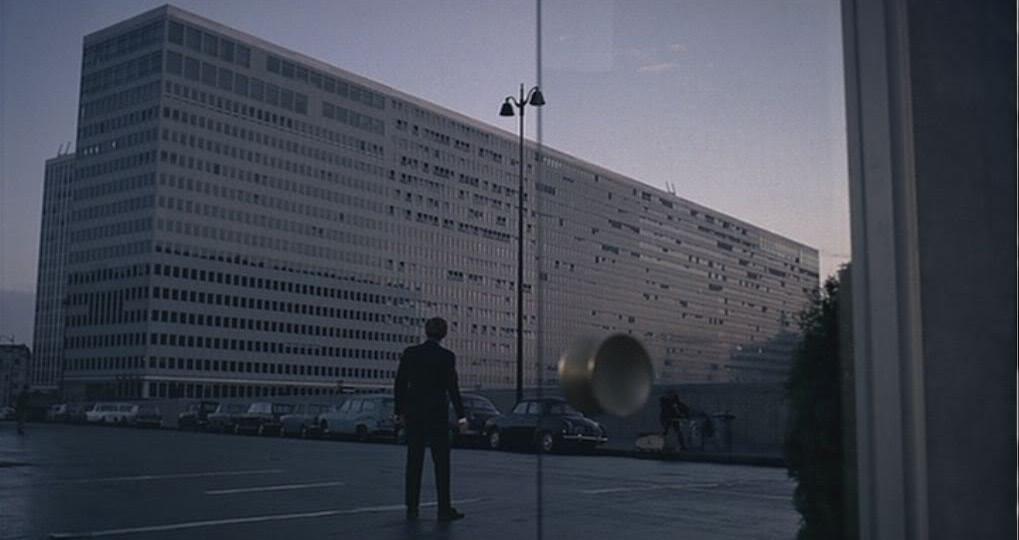
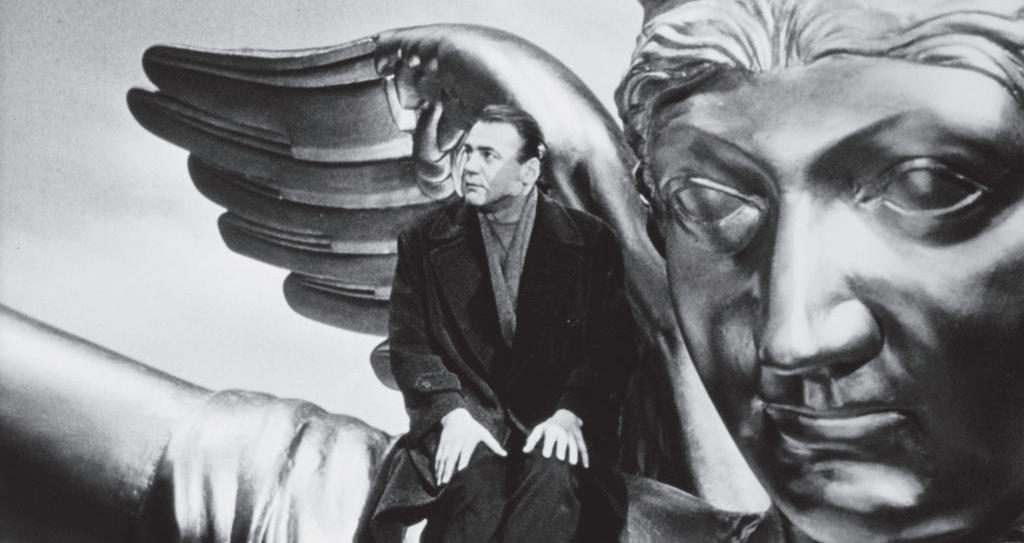
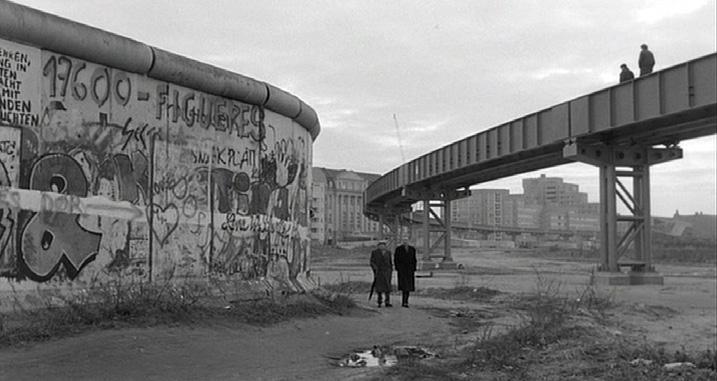














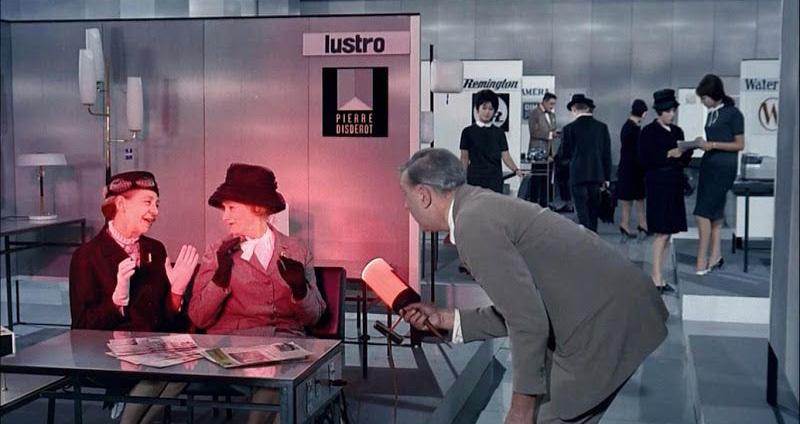


 clinic for artifical bodies
Restaurant on a trainthe Zone
clinic for artifical bodies
Restaurant on a trainthe Zone




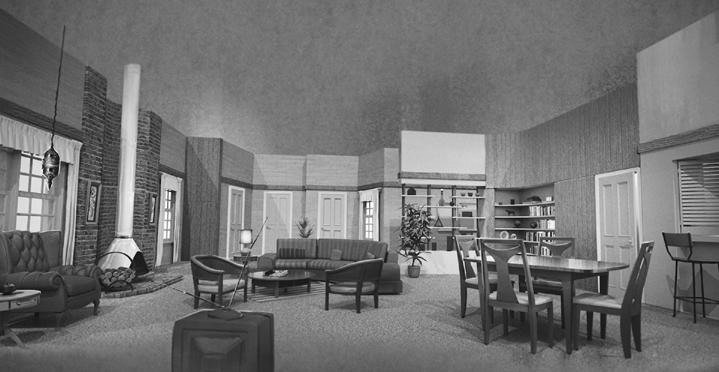
















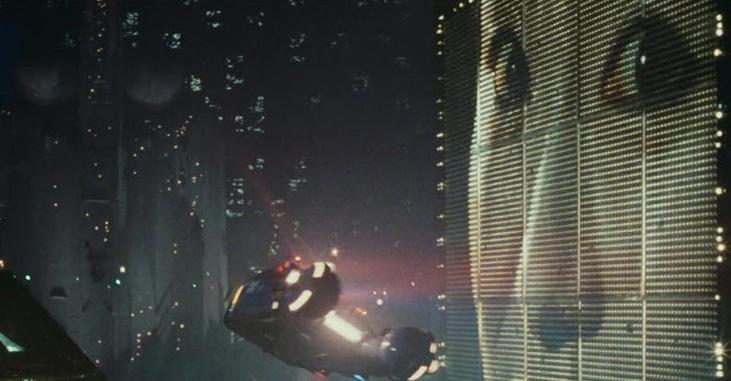

 birth of artificial body
surgery for the artificial bdody angel wings
statues of the Time Keepers
statue of the Angel
creation of a synthetic double of lost lover
the facade is watching you
the tesseract the totem - a spinning tractricoid top
birth of artificial body
surgery for the artificial bdody angel wings
statues of the Time Keepers
statue of the Angel
creation of a synthetic double of lost lover
the facade is watching you
the tesseract the totem - a spinning tractricoid top










 experiencing a foreign cityacknowledging the end of your timeline
enchanted town in a 1950s sit-com reality
experiencing a foreign cityacknowledging the end of your timeline
enchanted town in a 1950s sit-com reality
“On behalf of the Time Variance Authority, I hereby arrest you for crimes against the Sacred Timeline.” watching your own deathTimedoor - travelling across time and space arrest of a time criminal things deviated from the Sacred Timeline OUT
<Parasite> Set social hierarchy as spatial montage




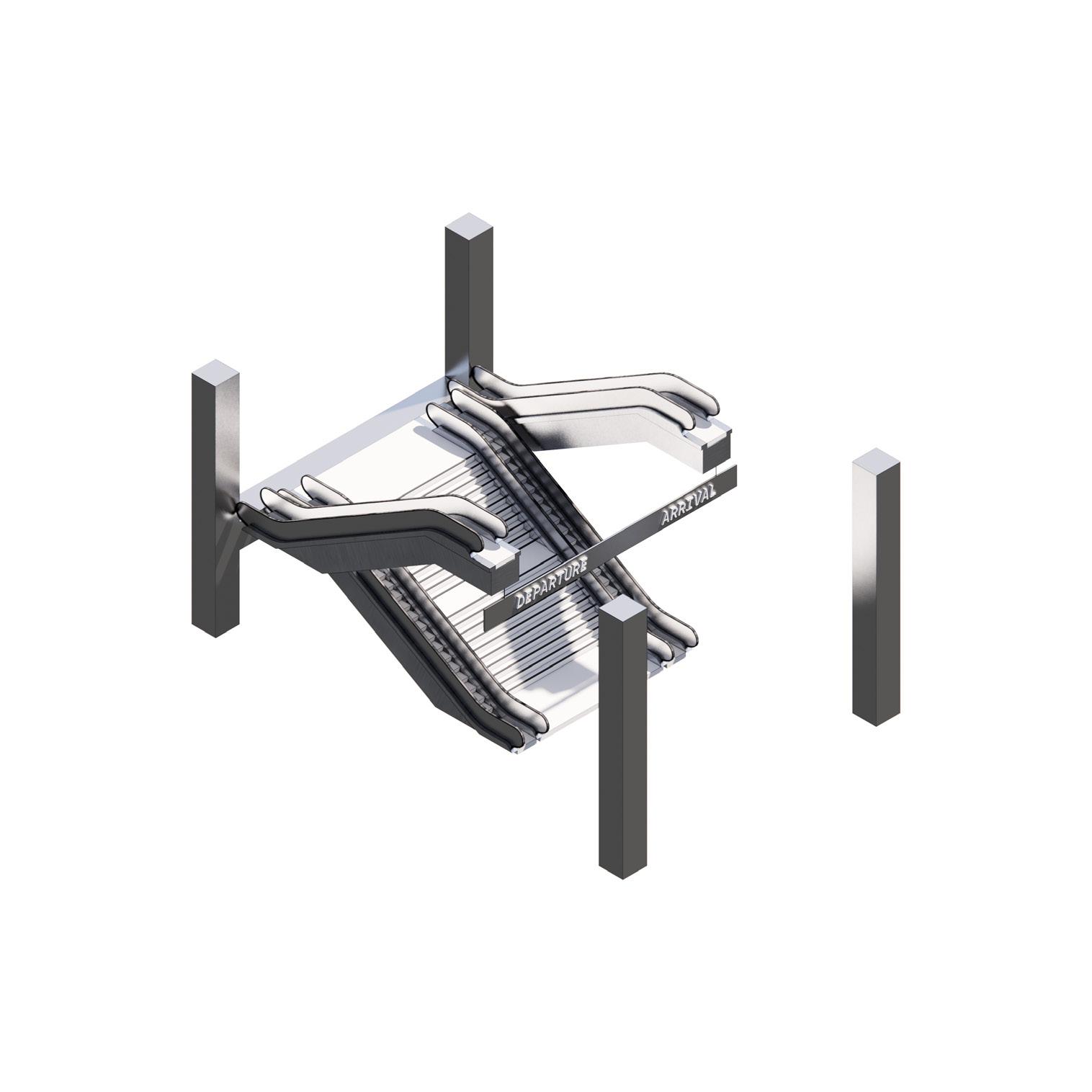



<Truman Show> & <Loki> Set an escape from the staged reality



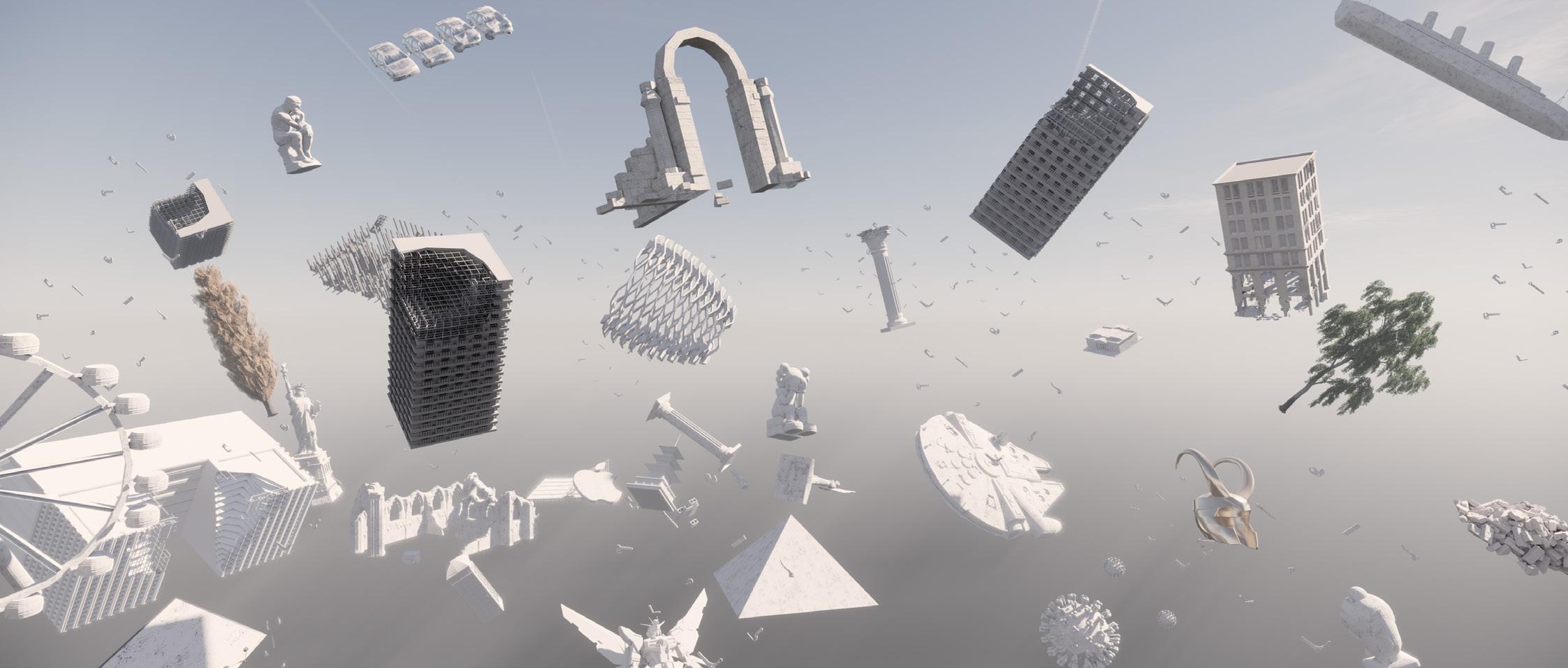 Research Diagram / Cine-set and City Narratives
Research Diagram / Cine-set and City Narratives
Show (1998)
Weir
(1967)






Jacques Tati Metropolis (1927)
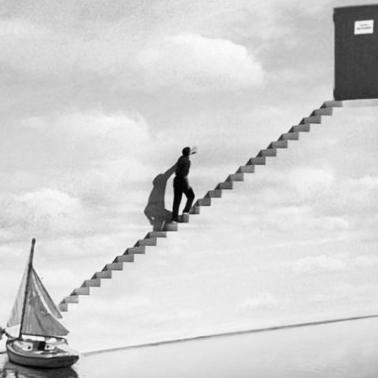
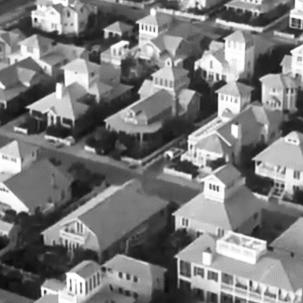











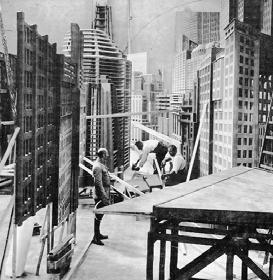
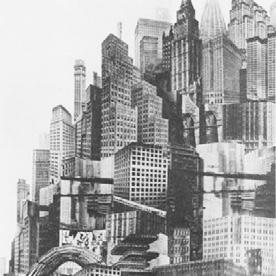










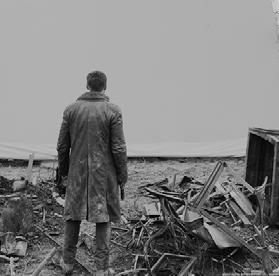


Lang

Runner (1982)
Runner 2049 (2017)
(2021)






<Truman Show> Peter Weir, 1998
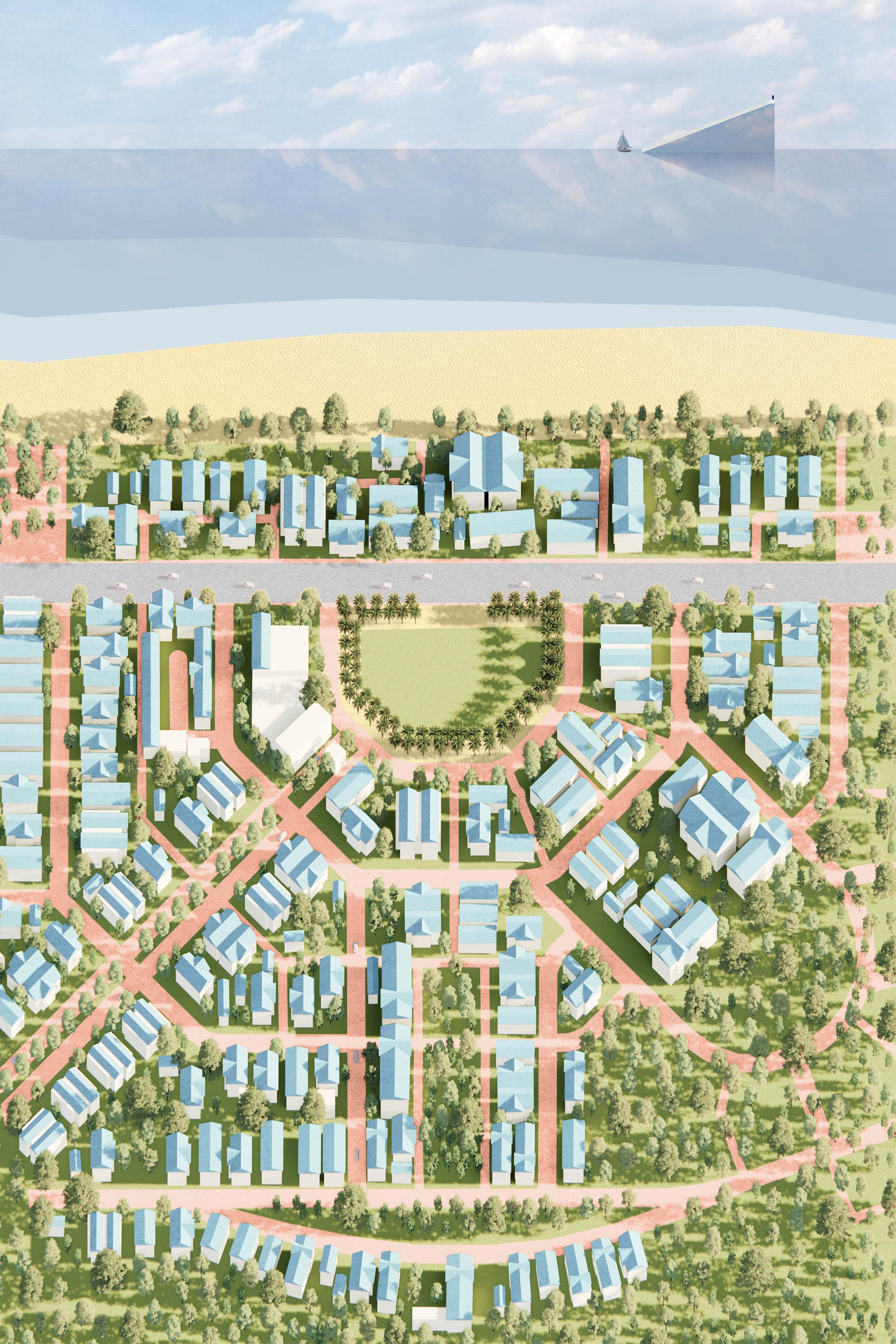
Rebel-Authority - the “Production of Truth” in the Age of Mediazation /
The Rebel-Authority sequence, like Truman’s town, acts as a critique on the artificiality of the city, it depicts the use and misuse of the street for the “production of truth”, unmasking the deception of the image and the subjection of truth in the age of mediazation.
conceptual drawing for the Rebel-Authoirty sequence
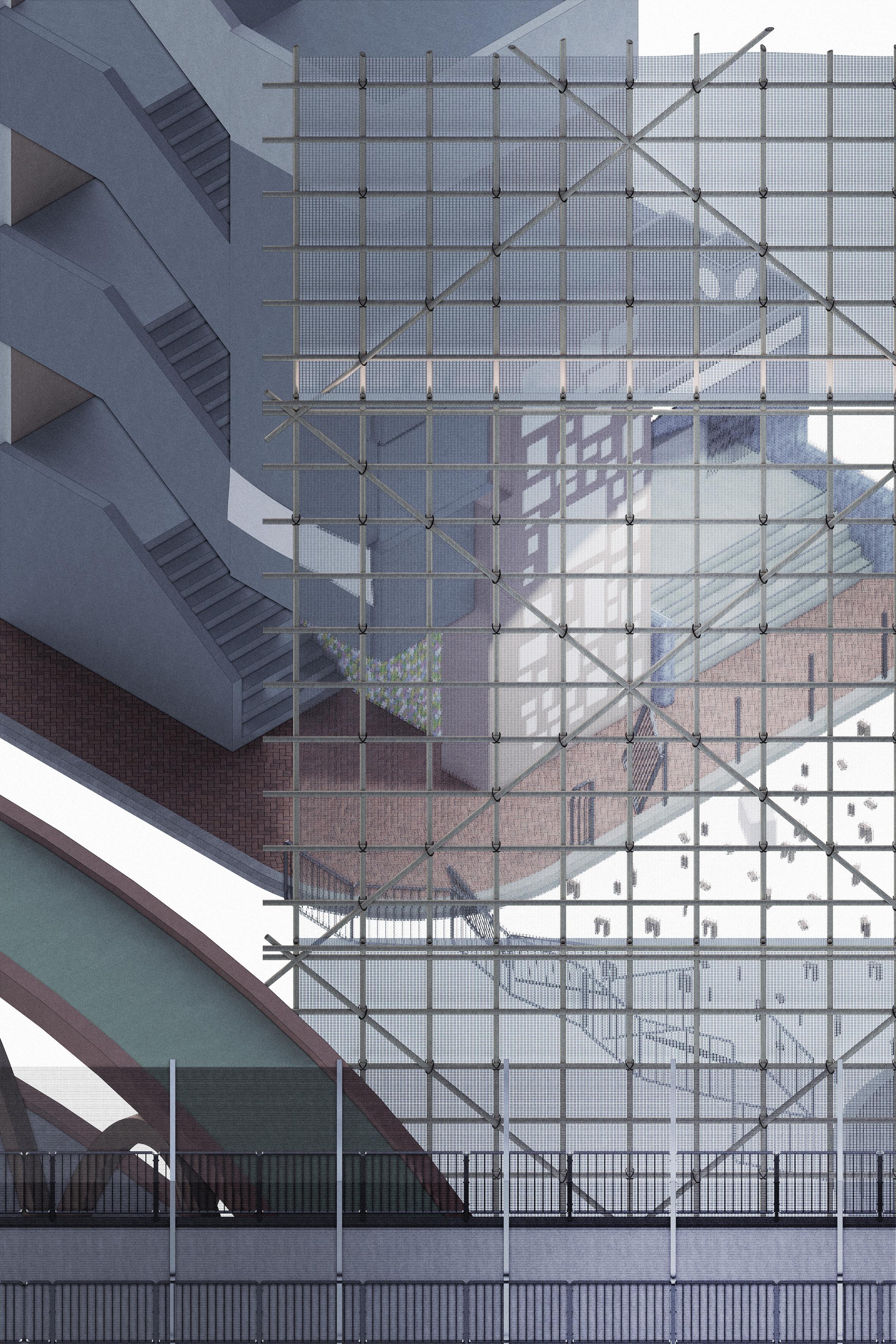
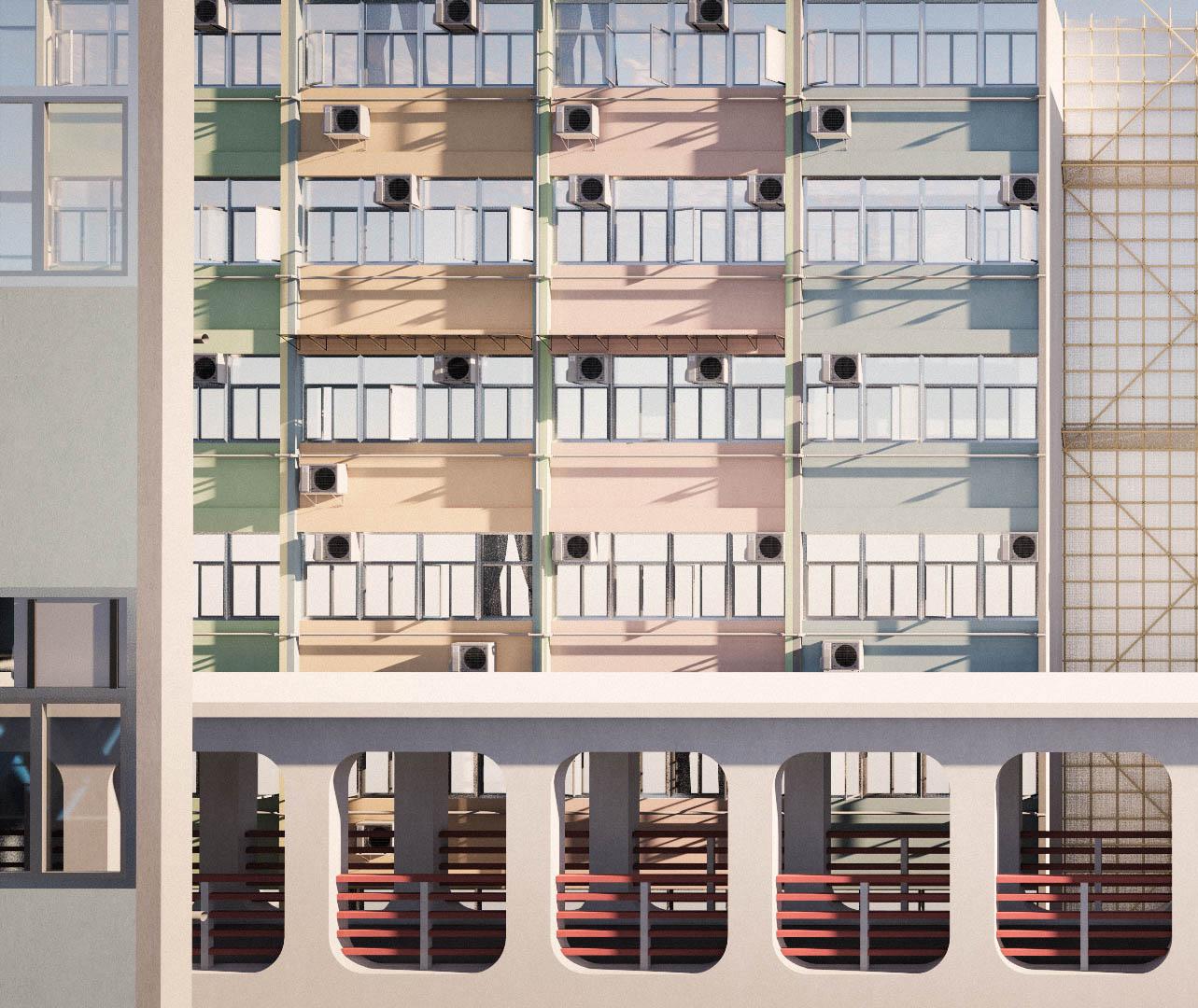



<Playtime> Jacques Tati, 1967

Witness - Being a Tourist in His Own City /
The Witness, like the protagonist in Playtime , becomes a tourist in his own city, walking around endlessly on the circular footbridge, observing changes in the city with a conscience and new awareness that attends to the spatial absurdities born in the name of security and stability.




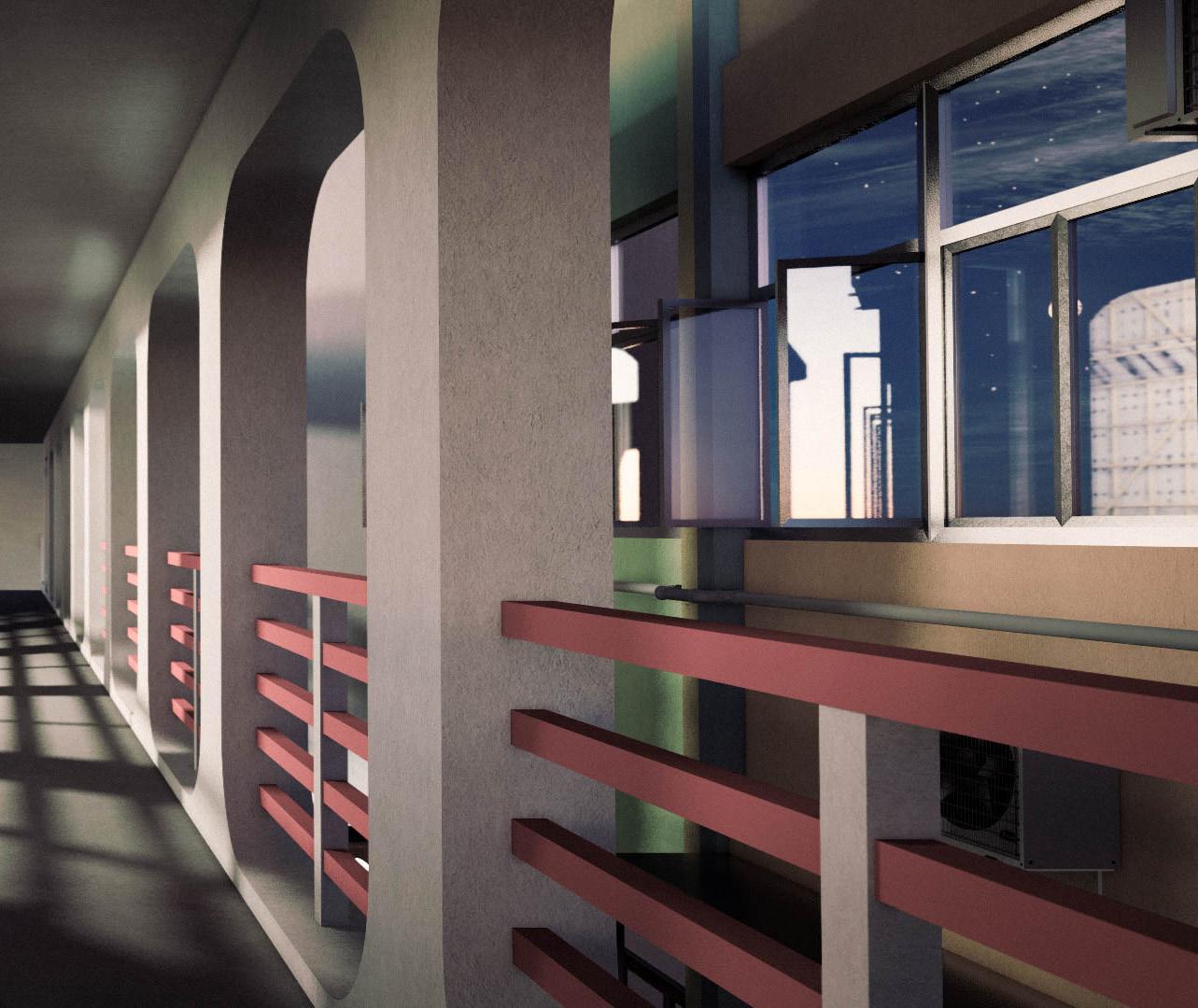
<Metropolis> Fritz Lang, 1927

Masque - the Confrontation between Power and Freedom /
While the Metroplis embodies the inherent social order in the city, the Masque portrays the inevitable confrontation between power and freedom. It responds to the controversy during COVID – the daily struggle to choose between individual free will, and the wellness of the collective.
conceptual drawing for the Masque sequence

Cage Home - Spatial Consequence of Social Stratification /
The cage home sets the dweller free from the institution but re-narrates the same feeling of imprisonment in a domestic setting, implying the subdivision and shrinkage of personal space as a spatial consequence of social stratification.
<The Making of Cage Homes> conceptual drawing for the Stranger sequence






Exurbia reads into what happens here and now (in “this city”), and reframes it as what happened there and then (in “that city”). It unfolds a journey through space and time that is emotive and introspective.
<Nostalgia for Lost Causes: A Metaphorical Theatre for Reading/Writing Histories>
The initial research was about the set of the ruin — which restages alternate history, and also the the set itself as a “ruin” in prospect — which could potentially reclaim itself as a “new original.”

Architecture as Cultural Practice - “Fictionalist” Architecture /
Manifesting architecture as a cultural practice, the project may not resolve any problems, but it tries to change the way we view the city. The new way of seeing makes the film an important tool for the architect to reposition themselves in the process of city-making – not only to design and build as a planner, but also to narrate as a director, and to observe and re-acknowledge the city as a stranger.
Architectural filmmaking allows a new form of “fictionalist” architecture to exist as a set, reopening the flattened image as a re-workable space for a new story that cites the past, addresses the present, and provokes the future.
